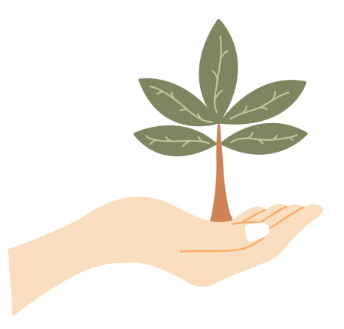Authie Bay
a preserved treasure of the Opal Coast
Where does the name ‘Opal Coast’ come from?
The Opal Coast takes its name from the unique colour palette of our region, where the wild light reflects off the sea, giving it different hues every day depending on the weather and the tides.
Authie Bay, for lovers of wide open spaces....
Authie Bay is a paradise for walkers and nature lovers. It never ceases to surprise those who come to discover it. Still wild and natural, it attracts visitors seeking authenticity all year round. From Fort-Mahon to Berck-sur-Mer via Waben and Groffliers, let yourself be charmed by the different facets of this estuary, of which the inhabitants of our region are so proud. From Fort-Mahon to Berck-sur-Mer via Waben and Groffliers, let yourself be charmed by the different facets of this estuary, of which the inhabitants of our region are so proud.
Discover the Sentier des Garennes trail, which will take you to the Baie d'Authie viewpoint
To discover the Baie d'Authie with a nature guide, click here
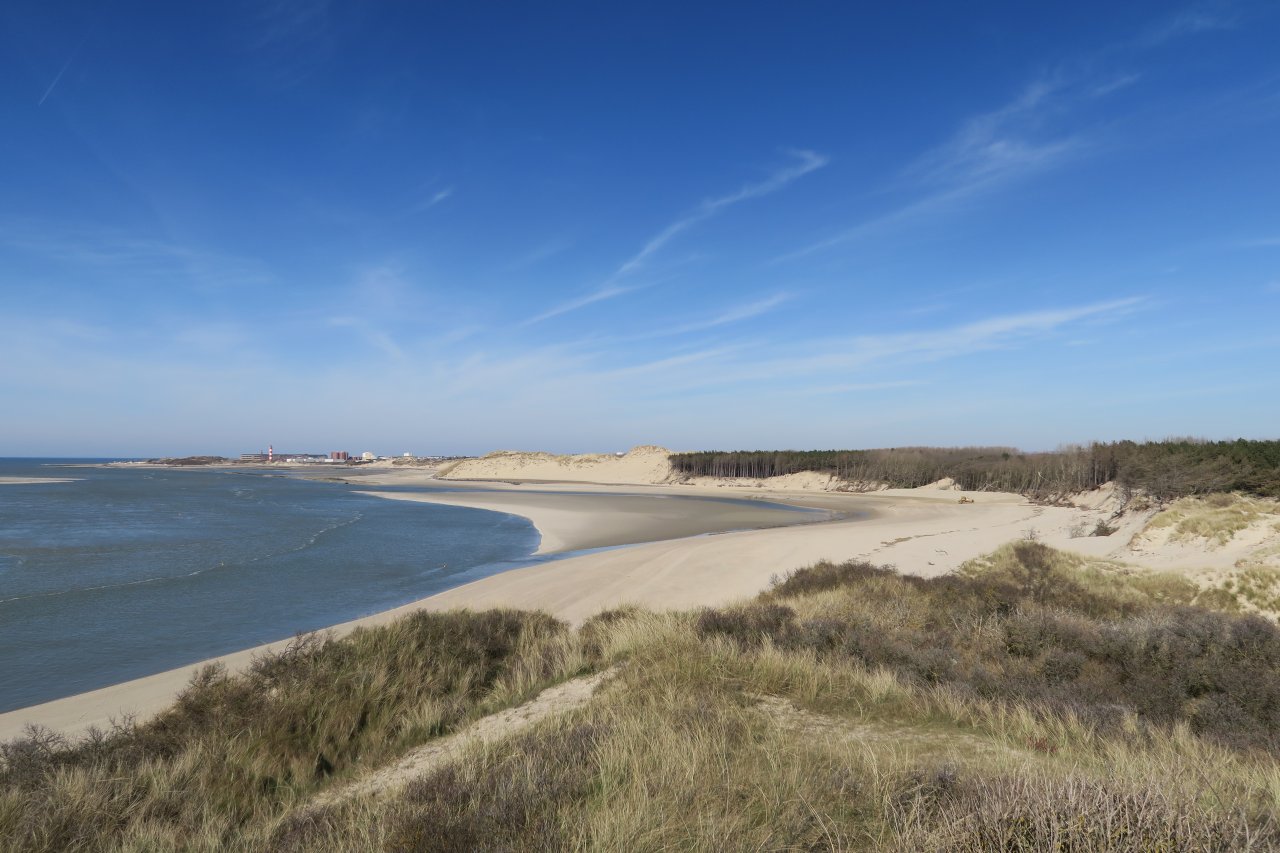
The seals
of Authie Bay
The most famous inhabitants of the Bay are, of course, the colonies of grey seals and harbour seals!
Seals can be seen in Berck every day, all year round, at low tide...
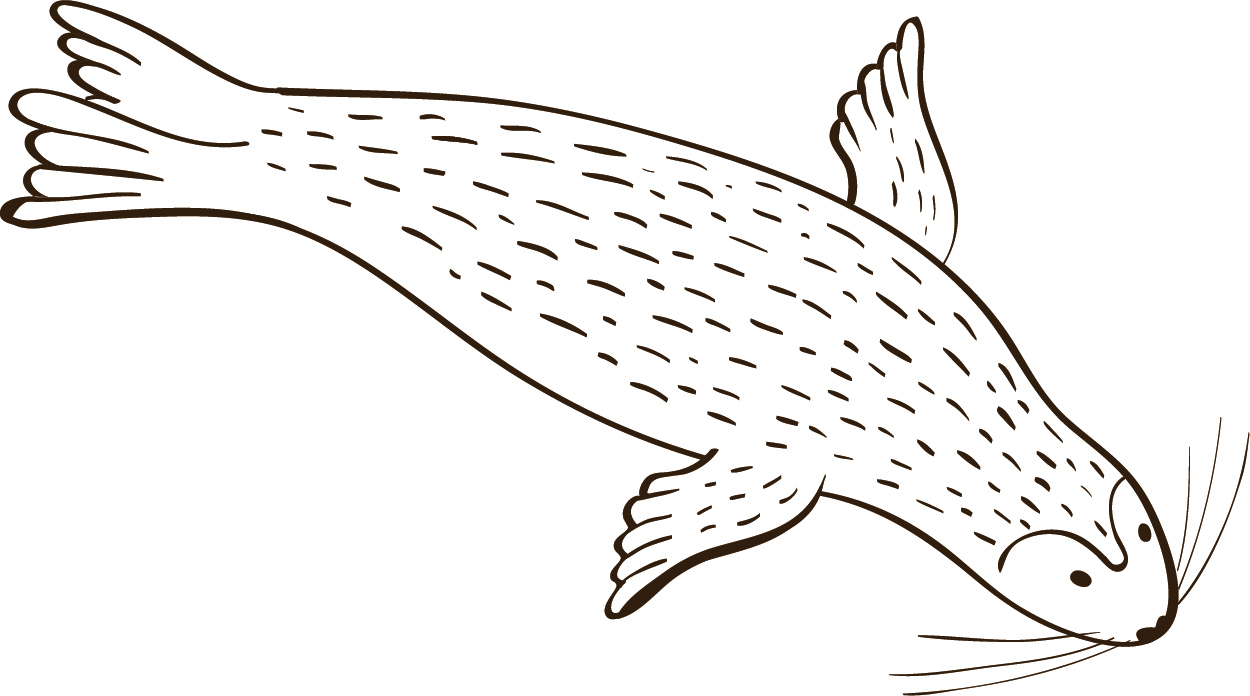

How can I see the seals?

From 2½ hours before low tide, the sandbanks are exposed, and seals take advantage of this to warm themselves and rest on the sand, which is known as a resting place.
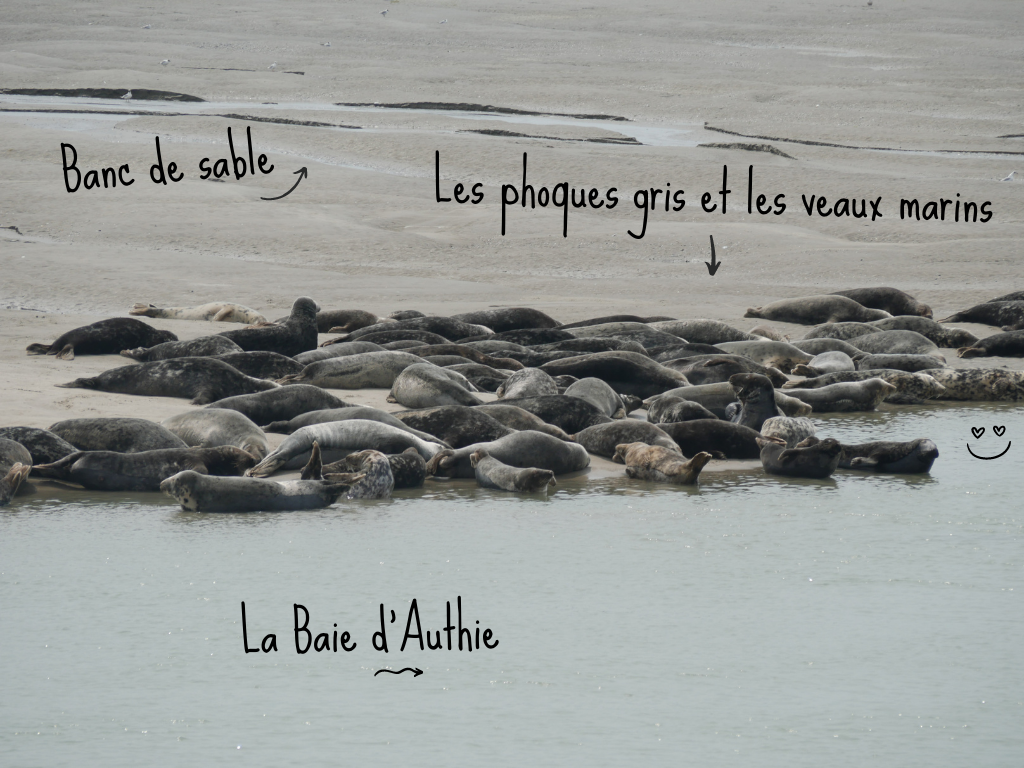
The grey seals and harbour seals that make up this colony can be observed every day of the year at low tide, at the junction between the Authie and the English Channel, near the Berckois Nautical Club located at the end of Chemin aux Raisins.
They can be seen about 200 metres away, on the other side of the Authie, where they feel safe.
Find the seal observation point on the city map:
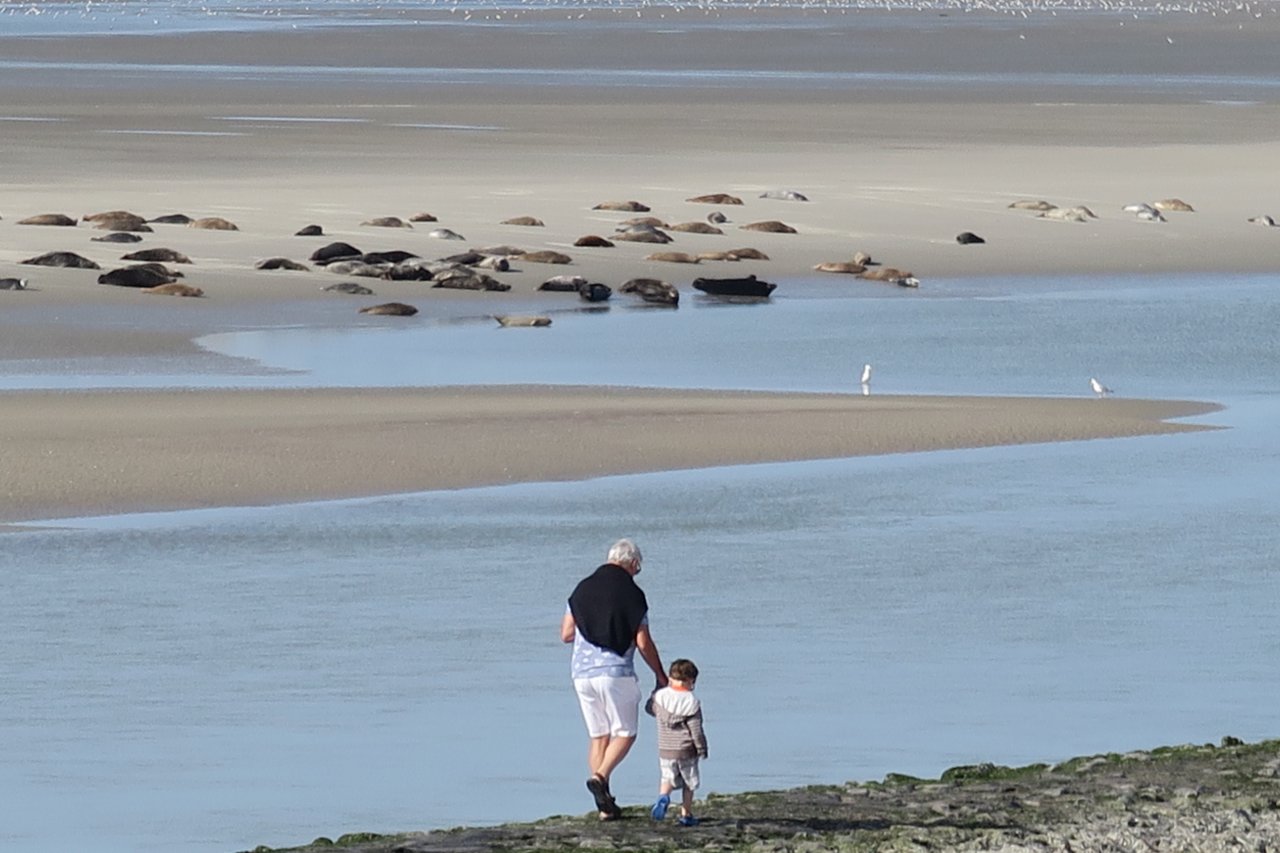
A seal colony, a natural wonder not to be missed!

A brief historical overview...

A colony of seals settled in Authie Bay a long time ago. A sketch by Francis Tattegrain from around 1890 bears witness to this.
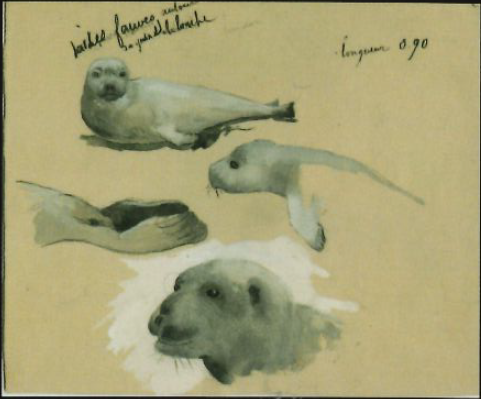
These seals were hunted for a long time in their natural habitat because their skin and blubber were valuable resources. In 1972, hunting was banned, and gradually the station began to welcome these small wild animals back.
Today, there are even more seals. In some months of the year, up to a hundred can be seen! Two species of seals can be identified: the harbour seal and the grey seal.
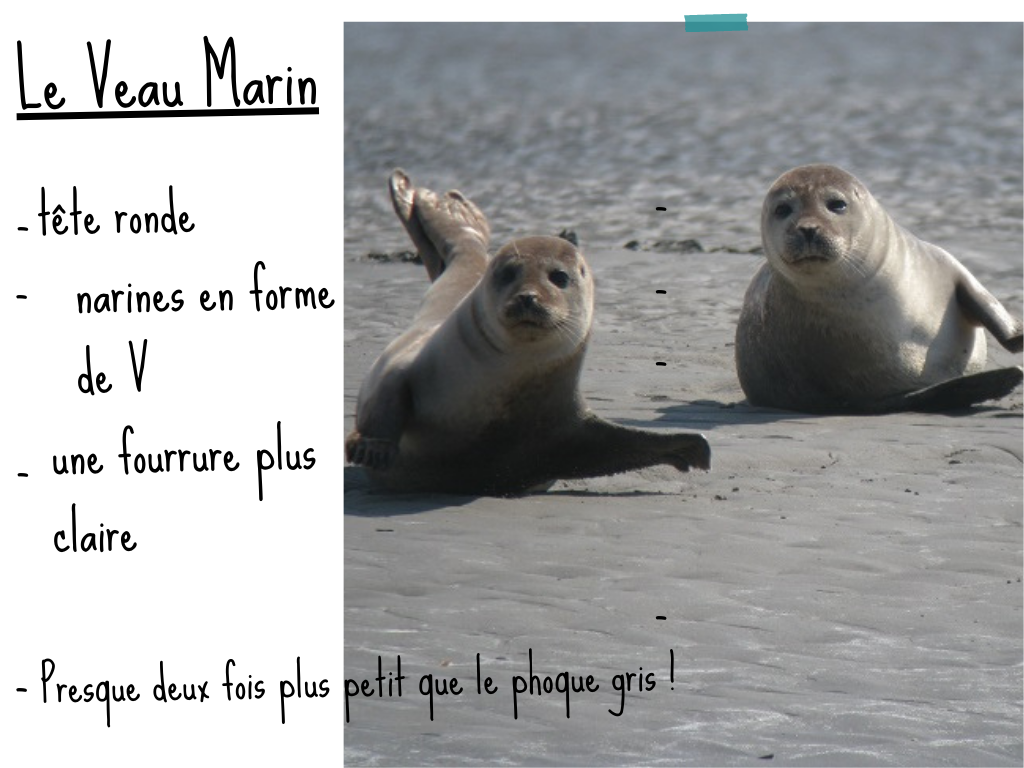 |
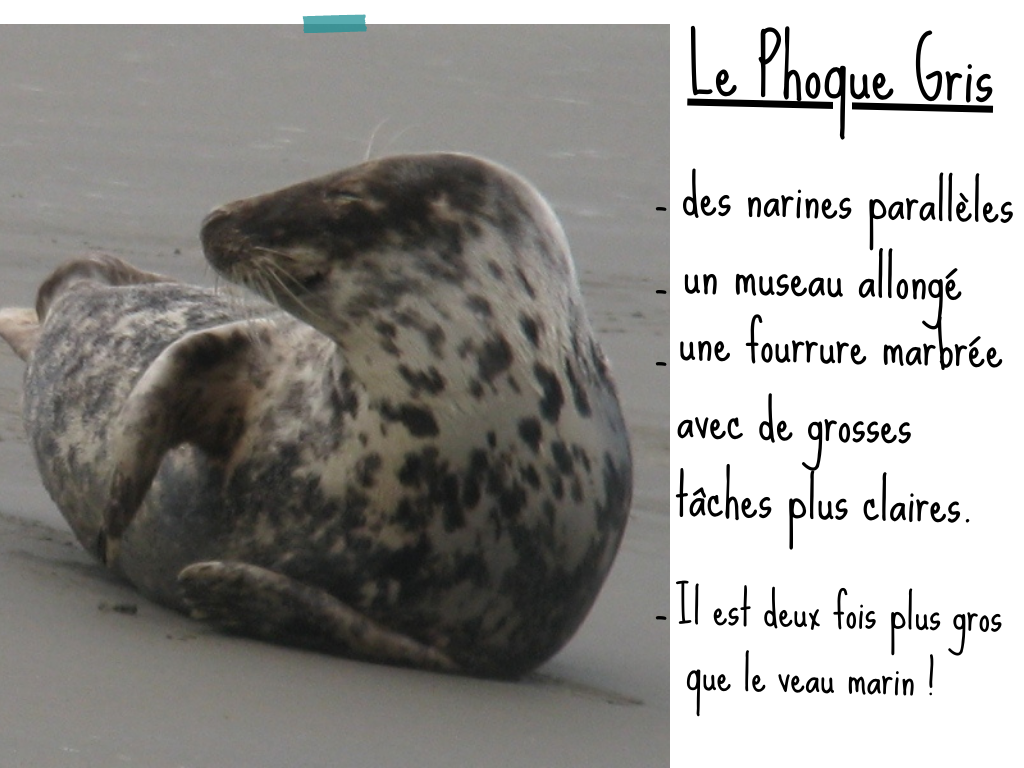 |
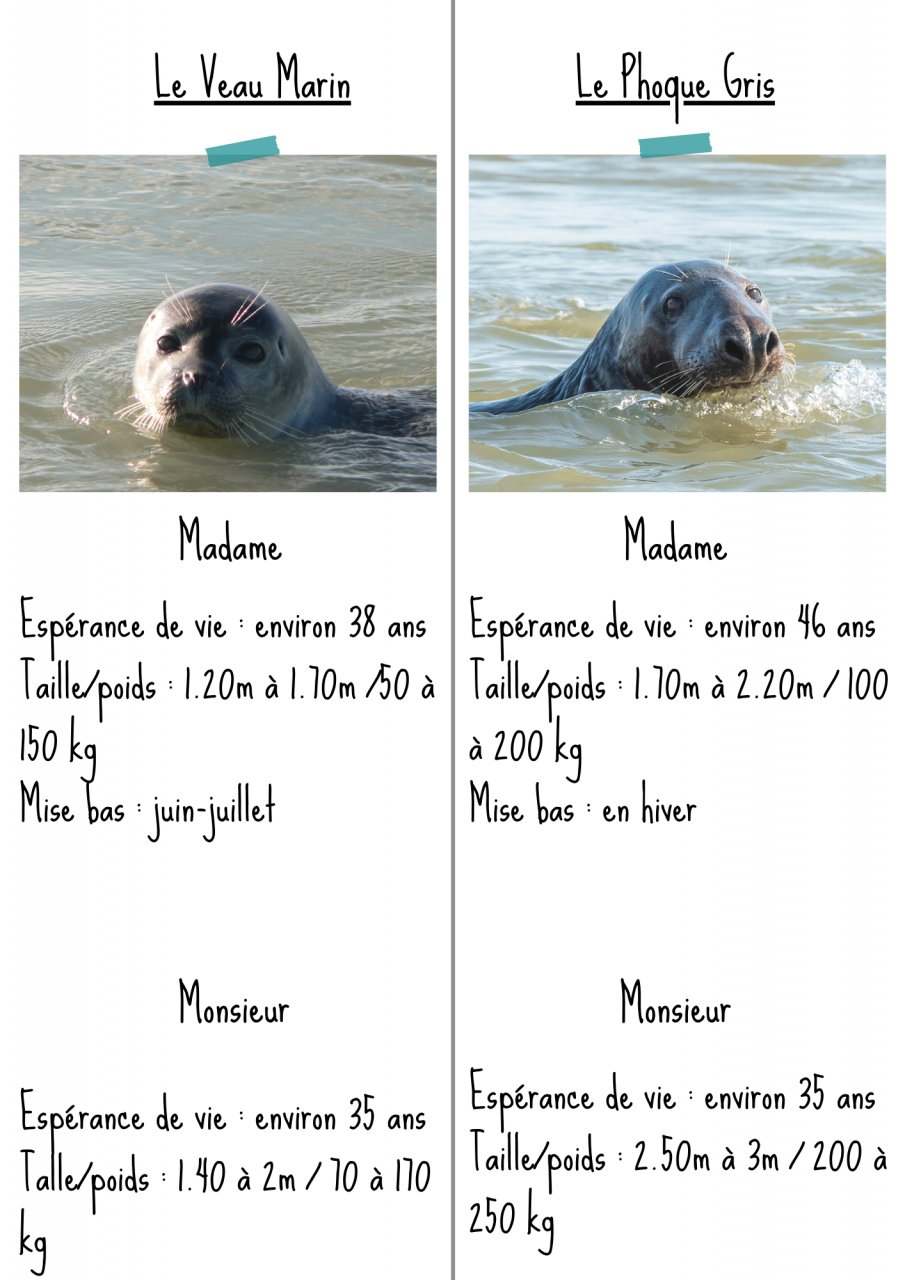

Greedy hunters…

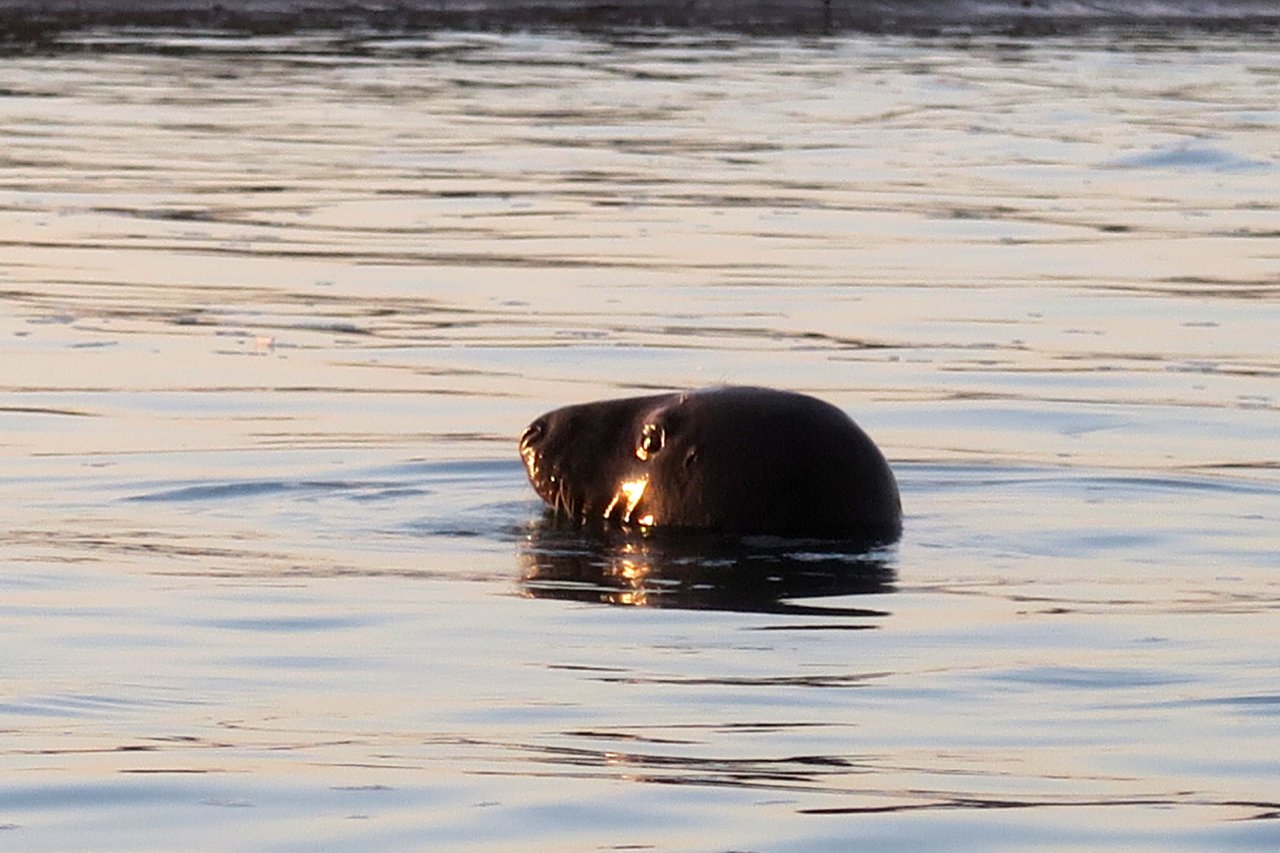
Like most marine species, seals and sea lions have very poor eyesight and therefore use their whiskers to hunt. These help them to navigate underwater and locate their prey. Thanks to their whiskers, these sea monsters are formidable hunters. Seals are capable of spotting fish swimming 180 metres away.
Authie Bay is a true haven of peace due to the abundance of fish in its waters.

Paradise and protection...

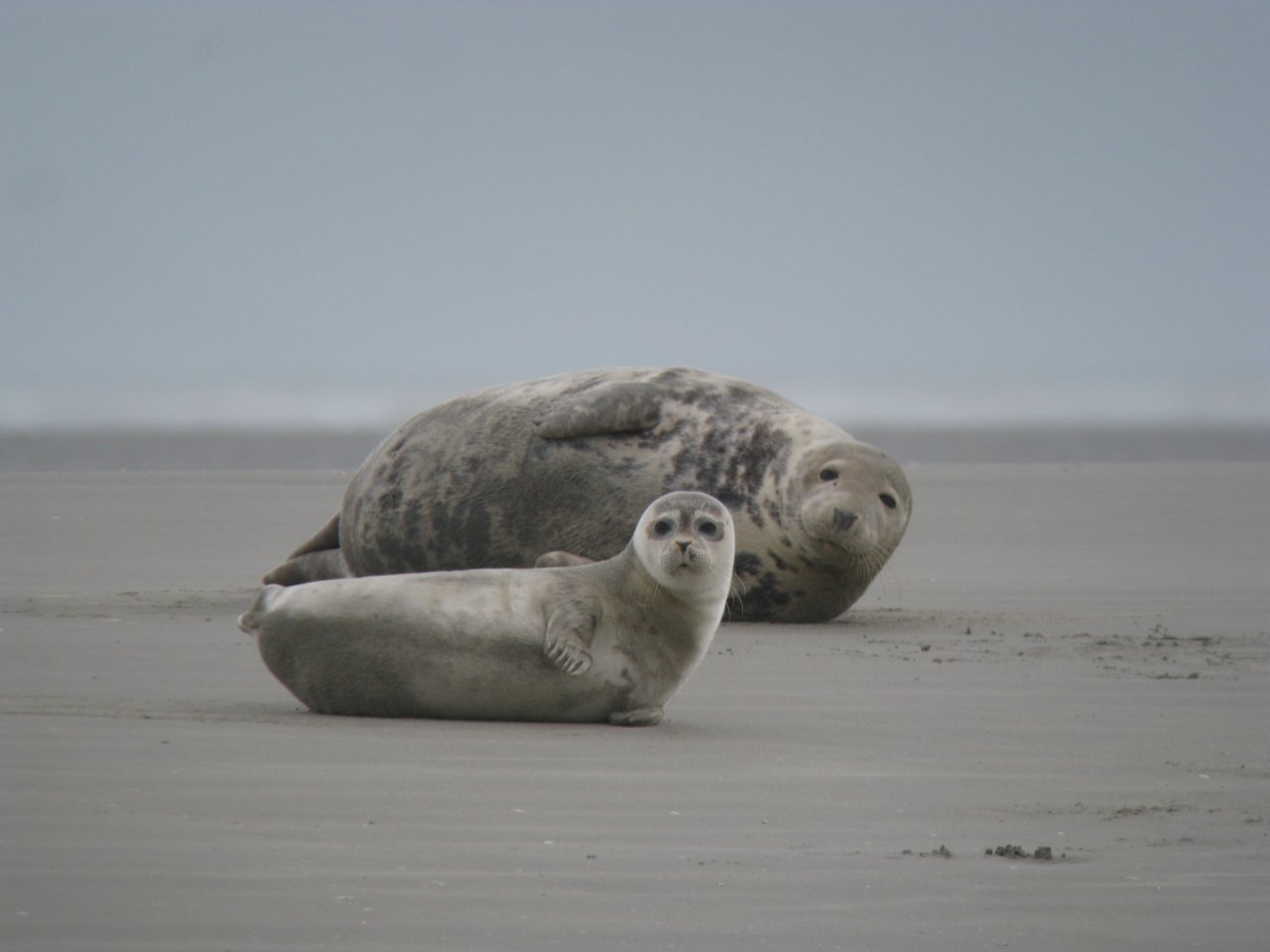
Authie Bay is an ideal habitat for these mammals, as the sandbank provides them with rest, warmth and protection. And what's more, the sea provides them with an endless supply of fish!
Seals rest on the sandbank to recover enough energy to hunt at high tide. Their favourite activity requires a lot of energy, so it is vital for them to rest and store fat in order to be ready for winter. Seals also need this sandbank to warm up, reproduce, give birth and feed their young.
Human disturbances that can have serious consequences…
Let's not forget that seals and sea calves are two wild and fearful species. It is imperative to follow a few guidelines to ensure the health of our mascots!
Do not try to approach them or cross the natural barrier of the Authie river, as they may feel threatened and flee the bay if they feel that they can no longer ensure their safety and that of their young.
If you see a young seal without its mother, don't worry, it is resting and its mother will return.
If you see a young seal in distress, keep your distance and contact the National Stranding Network (PELAGIS) on +33 (0)5.46.44.99.10.
If you are accompanied by a dog, please keep it on a leash so as not to risk frightening the seals.
A unique space to be preserved…
Let's not forget that Authie Bay is as beautiful as it is fragile, so there are a few rules to follow:
- When walking along the dune path, make sure you stay on the trail.
- Avoid walking in the dunes as much as possible, as this will damage the marram grass that holds the dunes in place.
- Do not attempt to cross the Baie d'Authie from Berck-sur-Mer to Fort-Mahon-Plage or vice versa: the sea creates dangerous currents (be aware of the tides)
-
The harvesting of salicornia, sea purslane and sea aster is authorised up to 500g per day per person. Do not pull them up, cut them with scissors.
-
More information DDTM Boulogne-sur-Mer +33(0)3.61.31.33.00 / http://www.pas-de-calais.gouv.fr/
